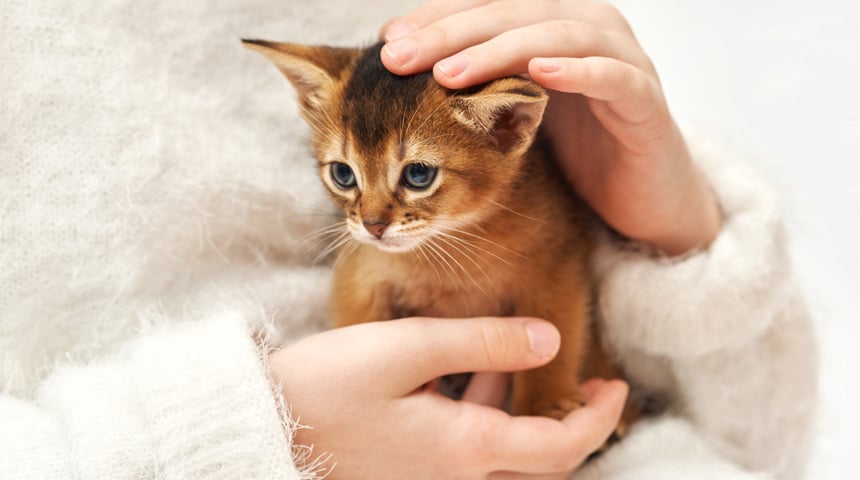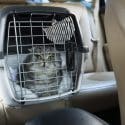How many of you have had this thought, charmed by a kitten in a shop window, or in one of the countless cat videos online?
Before giving in, consider whether your lifestyle is compatible with the presence of an animal. A cat, even if it is independent, can develop behavioural, anxiety or health issues if you are frequently away for long periods of time.
If this is your first cat, be aware that not all cats have the same temperament! For example, Bengals are very active. Himalayans, on the other hand, are rather quiet, “lounging” cats.
Will you have time for him? If you work 50 hours a week, take numerous weekend trips, travel to the Caribbean or go on cross-country trips, it's possible that Kitty will get bored! Can you count on someone you trust to take care of him during your trips?
Do you have enough space? This is especially true if you already have one or two cats! Plan for one extra litter box: the number of litter boxes = the number of cats + 1! So 1 cat, 2 litter boxes! Will you be prepared to clean them every day? The litter boxes should be placed separately in a quiet place, without a dome, with an unscented substrate and be at least one and a half times Kitty's length! It would be wise to also provide places to hide, to climb, and to make sure you don't need to place the food dishes next to the litter boxes. You should also provide a scratching post that is clearly visible and sturdy, to prevent Kitty from moving onto the couch!
Will you have time to brush him? This is crucial for long-haired cats. Otherwise, you will quickly become a member of grooming shops! That being said, even a hairless cat (sphynx) requires regular grooming to avoid sebum accumulation in his skin folds!
What about the budget? If you're on a tight budget, it would be wise to wait. Don't put all your funds into your cat's purchase; a purebred cat is not immune to health problems! Make sure you have an emergency fund or pet insurance, because Kitty may need a lot of care, even if he stays indoors! The first year is the most expensive because of spaying/neutering, starting the vaccine schedule, parasitic treatments and purchasing the necessary grooming equipment. After that, things can get tricky if Kitty develops urinary problems, diabetes, or kidney failure.





